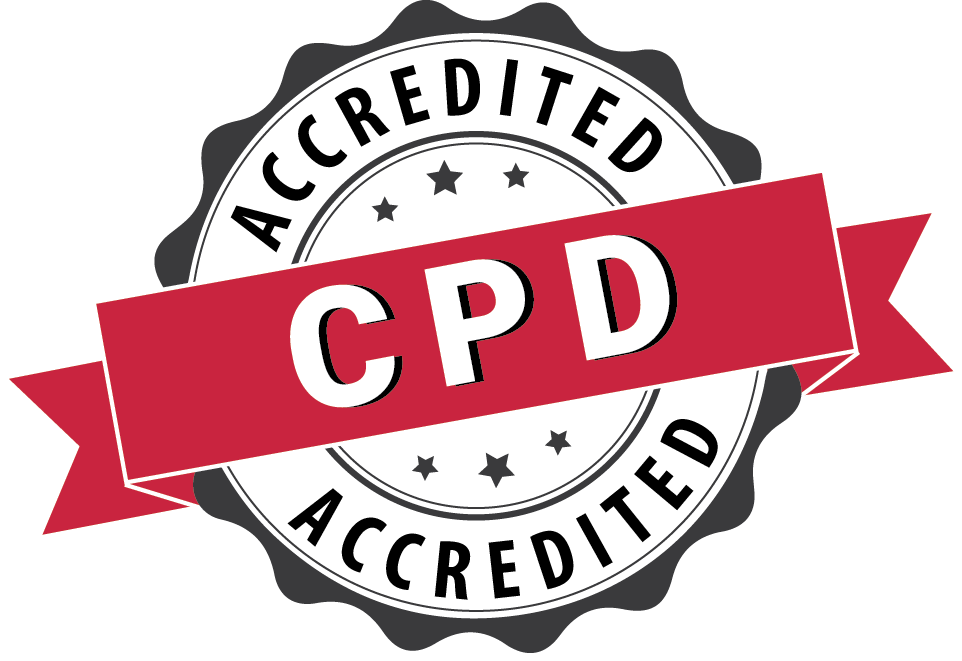Xiaoqin Nie
Southwest University of Science and Technology, China
Biography
Dr. Nie has completed her PhD in Nuclear Fuel Cycle and Material by Sichuan University. She has worked as Associate Professor of Nuclear Chemical and Nuclear Engineering at Southwest University of Science and Technology. She has published more than 35 papers in reputed journals.
Abstract
In this work, we used spectroscopic and microscopic techniques to investigate the interaction mechanism between uranium and microorganisms which including the Gram-positive bacteria (Bacillus mucilaginosus) and Gram-negative bacteria (Shewanella putrefaciens) and fungi (Saccaromyces cerevisiae). According to scanning electron microscope couple with energy dispersive X-ray detector analysis, the lamellar uranium phosphate precipitation was only observed on the living and the resting microorganisms. The Fourier transform infrared spectroscopy spectrum also indicated the important role of phosphate groups in forming U(VI)-phosphates precipitation. The X-ray diffraction analysis identified the phase of U(VI)-phosphate precipitation as UO2HPO4·4H2O. Batch experiment that the three types of microorganisms all had high biominerilization ability to U(VI) in the absence of additional nutrients at pH 5, the maximum uranium biominerilization amount could be up to 168-248 mg/g biomass (dry weight) when exposing living microorganism to U(VI) aqueous solution for 1 h. With the extension time from 1d to 7d, less uranium could be extracted by 0.1 mol/L HNO3 from the three types of microorganisms. The precipitate was further evidenced by extended X-ray absorption fine structure spectra based on the presence of U−P shell, which demonstrated that hydrogen uranyl phosphate became the main products on the living microorganisms with prolonged reacting time. After ashing and hydrothermal process, the precipitated U(VI) on microorganism could be converted into UO2 (50-100 nano-sized globular crystals) and K(UO2)(PO4)·3H2O. Our findings offering a more effective strategy for the bioremediation of uranium contaminated water and have significant implications in elucidating the potential role of bacteria in the migration of uranium in geological environment.
